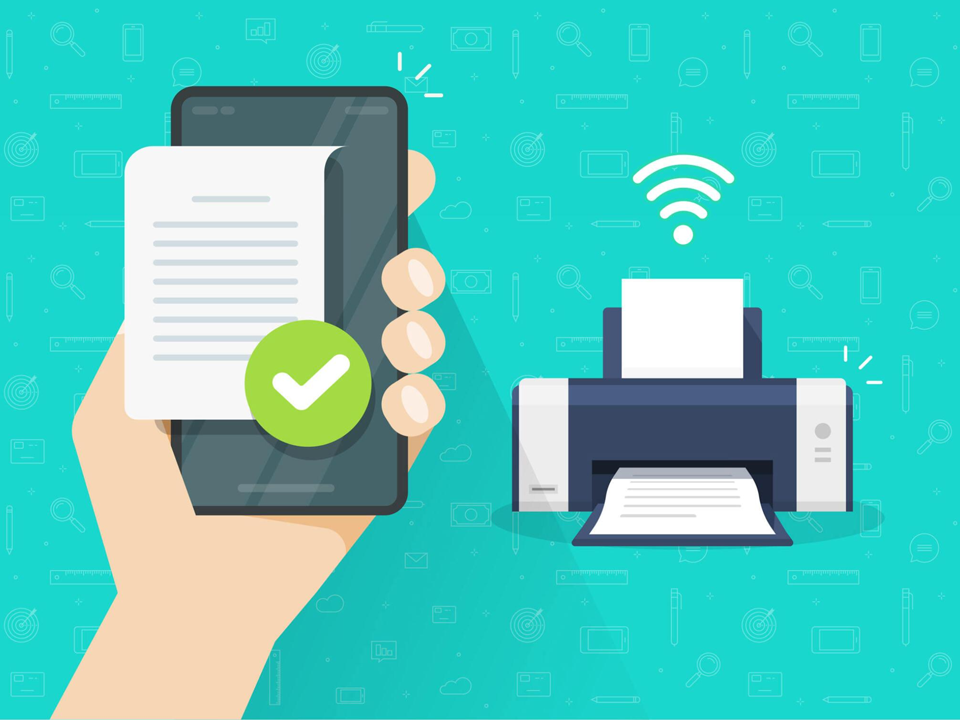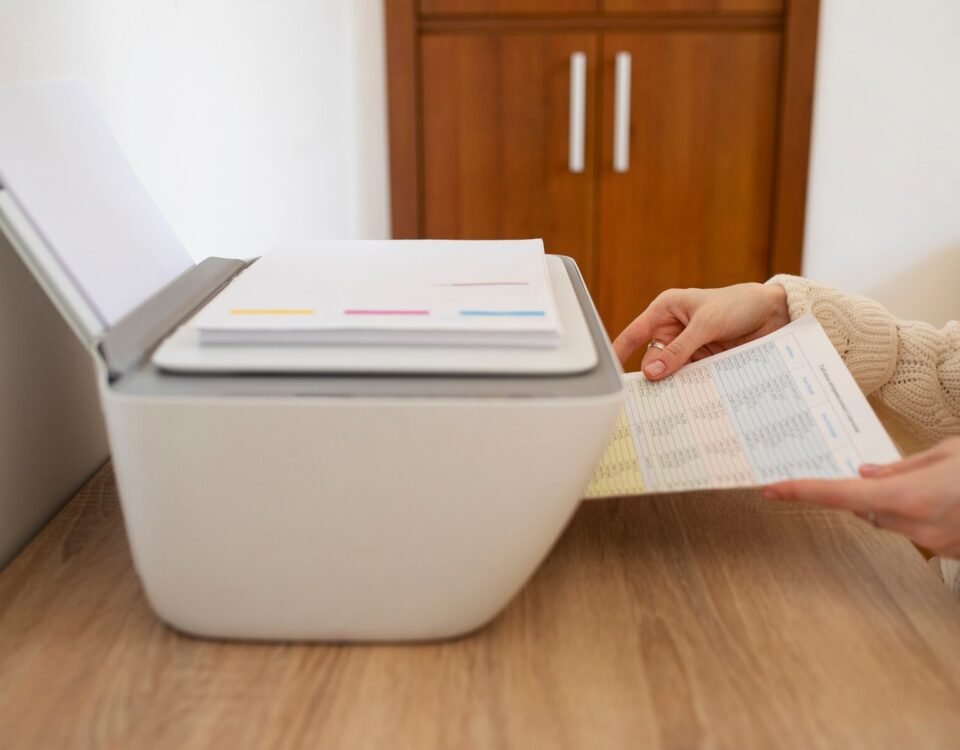
HP DeskJet 4155e Setup: Simplifying Printer Configuration for Users
November 26, 2014
Setting Up HP Printer: From Unboxing to Printing, A Step-by-Step Guide for Easy Configuration
July 10, 2015Connecting your printer to a laptop or desktop is a basic task that can sometimes feel tricky, especially if you’re unfamiliar with the process. Whether you have a wired or wireless printer, this guide will walk you through the setup, making it easy for beginners to get their printer up and running.
Step 1: Decide on Wired or Wireless Connection
Before starting, you’ll need to decide if you want to connect your printer using a wired or wireless method.
- Wired Connection: Uses a USB cable to link the printer to your laptop or desktop directly. It’s simple, reliable, and ideal for those who don’t need to move their printer often.
- Wireless Connection: Lets you connect to the printer via Wi-Fi, providing flexibility in where you place the printer and allowing multiple devices to connect.
Step 2: Connecting via USB Cable (Wired Connection)
A wired connection is often the easiest way to connect a printer, especially for those who are not tech-savvy. Here’s how to do it:
- Power on the Printer:
- Plug in your printer and turn it on.
- Connect the USB Cable:
- Locate the USB cable that came with your printer. Plug one end into the printer and the other end into an available USB port on your laptop or desktop.
- Install Printer Drivers:
- When you connect the printer, your computer should automatically recognize the device and install the necessary drivers. If it doesn’t:
- Visit the manufacturer’s website (e.g., HP, Canon, Epson) and download the appropriate drivers for your printer model.
- Follow the on-screen instructions to install the drivers.
- Test the Printer:
- Once the drivers are installed, open a document or photo and select Print from your device. Choose your printer from the available options to print a test page.
Step 3: Connecting via Wi-Fi (Wireless Connection)
If you prefer the convenience of a wireless connection, follow these steps to connect your printer via Wi-Fi.
- Power on the Printer and Access Wi-Fi Setup:
- Turn on your printer and use the control panel to navigate to Network or Wi-Fi settings.
- Select Your Wi-Fi Network:
- Choose Wireless LAN Setup or similar and search for your Wi-Fi network from the list of available options.
- Enter Wi-Fi Password:
- Use the control panel to input your Wi-Fi password. Once connected, your printer will be available on your home network.
- Install Printer Software on Your Laptop/Desktop:
- On your laptop or desktop, go to the manufacturer’s website and download the software for your printer model. Most printer software includes the drivers and allows you to add the printer wirelessly.
- Add the Printer to Your Device:
- On Windows:
- Go to Settings > Devices > Printers & Scanners and select Add a printer or scanner.
- Your laptop/desktop should detect the wireless printer. Select it and follow the on-screen instructions to complete the setup.
- On macOS:
- Open System Preferences > Printers & Scanners and click the + button.
- Your Mac will search for available printers. Choose your wireless printer from the list.
- Print a Test Page:
- Once your printer is connected wirelessly, open a document and select Print to ensure everything is working correctly.
Step 4: Troubleshooting Common Issues
Here are some common issues that may arise during setup and how to fix them:
- Printer Not Recognized:
- Ensure that the USB cable is securely connected or that the printer is connected to the correct Wi-Fi network. Restart both the printer and the computer.
- Wi-Fi Connection Problems:
- If your printer isn’t connecting to the Wi-Fi, make sure it’s within range of the router and that the correct Wi-Fi password has been entered.
- Printer Offline:
- If your printer shows as offline, it might be disconnected from the network. Ensure that the Wi-Fi connection is stable, or reconnect the printer to the network.
- Slow Printing Over Wi-Fi:
- If printing wirelessly is slow, consider moving the printer closer to the Wi-Fi router or use a wired connection for faster performance.
Conclusion
Whether you prefer a wired or wireless connection, setting up a printer is a straightforward process that anyone can handle. By following these simple steps, you’ll be able to connect your printer to your laptop or desktop with ease, enabling you to print documents, photos, and more. If you run into any problems, the troubleshooting tips will help you quickly resolve common issues, ensuring your printer is ready for use whenever you need it.




